People who “read” emotions and maintain etiquette standards
In late July 2025, in the capital Hanoi, preparations were urgently underway for the 80th anniversary of the August Revolution and National Day (September 2). The urban landscape was beautified, and plans for organization, security, healthcare , logistics, etc. were being finalized hour by hour. At Noi Bai International Airport, preparations for welcoming international delegations were equally urgent. From the reception to ensuring security and safety were constantly being urged. Through many appointments, reporters had a little time to chat and listen to stories from those who directly worked on the reception, as well as ensuring security and safety for special flights.

Ms. Pham Thu Hang, a receptionist serving VIP guests at Guest House A (Noi Bai International Airport), has been in the profession for more than 26 years and served thousands of charter flights. She said: “On peak days, the airport receives up to 6 charter flights, and on average, about 30 flights per month. For me, this job requires high standards, delicacy, and the ability to handle situations skillfully.”
To welcome a charter flight, the preparation is extremely thorough. For international flights, the reception team has 3 hours to prepare, and for domestic flights, it is 2 hours. Everything, from cleaning the rooms, adjusting the air conditioning and lighting, to preparing food and drinks, must be completed 15 minutes before the flight. Food and drinks served to guests must be strictly inspected by the police before being used. Ms. Hang recounted that for each group of guests arriving, the reception team must stand solemnly at the door to greet them. The posture of standing straight with both hands slightly closed is maintained for sometimes half an hour, sometimes an hour, until the guests leave the VIP room, then the reception work is finished. During the service process, the reception staff must wear high heels, walk on a fluffy carpet, and carry trays in their hands. If they do not practice in advance, they can easily fall. Not stopping there, sometimes even a drop of water falling on the floor must be reported immediately for handling, showing absolute caution at work.
One of the biggest challenges for the reception team is how to welcome international delegations in a thoughtful and appropriate manner that is in line with their customs. Ms. Hang shared that, despite being trained, it is impossible to learn all the customs of every country. Therefore, every time there is information about welcoming guests, she and her colleagues have to learn more.
She recalled the time she received the delegation of the King of Thailand. Because in Thailand, the king is especially respected, the entourage that followed him knelt from the entrance to his seat in the VIP waiting room. She was confused about whether to stand and offer tea or not because she was afraid that going straight in like every other time would be considered impolite. After a few seconds of thinking, she decided to stand at the door. Very quickly after that, the entourage signaled that the King did not need to be served. From this experience, she concluded that when guests enter, the receptionist must stand at the door to greet them and quickly observe to handle any arising situations. Although the job requires seriousness and professionalism, Ms. Hang and her colleagues also had the opportunity to experience very ordinary moments, close to the Vietnamese leaders, as well as the heads of several countries. Many leaders, despite being busy with a thousand things, still took the time to ask about their work, life, and family. Some even remembered each person's name.
Mobile Security: The "Eyes" That Never Let Go
Along with the reception team, the mobile security force also plays an extremely important role in ensuring absolute safety for charter flights. Mr. Bui Van Tinh, a mobile security team member at Noi Bai Aviation Security Center, with 18 years of experience in this work, confided: “To ensure absolute safety for charter flights, the mobile security team at Noi Bai International Airport acts as a "steel shield" with a closed and extremely meticulous working process.”
The security force's work serving the aircraft is divided into many parts, from preparation to take-off. For international flights, they must deploy the work 3 hours in advance, including checking the goods, meals, and equipment. The goods on the aircraft are screened, counted, sealed, and stored in a warehouse with 24/7 guards, along with a strict camera surveillance system. Before the flight, mobile security will re-check the seals, cargo boxes, and escort the goods onto the plane. All processes are carried out in a closed manner to ensure 100% safety. Meals for the aircraft are also strictly inspected. Mobile security must coordinate with Noi Bai Catering Joint Stock Company to check each tray, each fruit basket, each flower basket, then seal the cargo vehicle and escort it to the plane. During the entire transportation process, no one is allowed to approach the cargo vehicle.
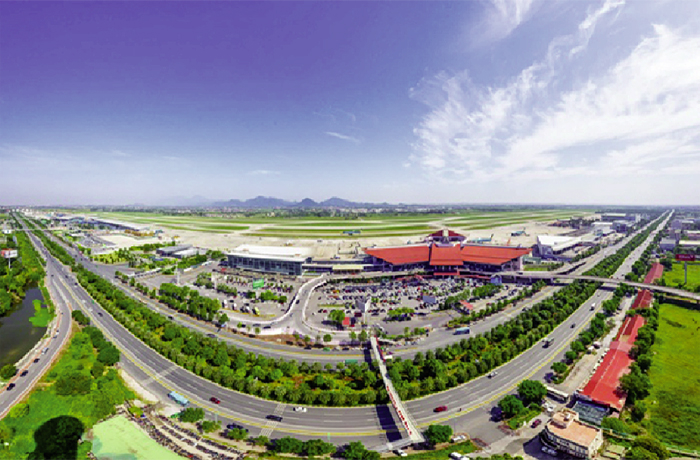
In addition to working in the airport area, mobile security also has to coordinate with traffic police to regulate traffic on Vo Nguyen Giap Street, ensuring that priority vehicles move smoothly. This is one of the gateway routes with a large volume of traffic, and blocking the road to make way for priority vehicles sometimes encounters stubbornness from some drivers. Mr. Tinh shared that the most difficult part is when there are special flights at night, at which time, only a few officers have to block a long, multi-lane road. When there is an announcement that the VIP group is about to leave, the security forces outside will deploy a plan to clear the road, without knowing the specific time in advance. At night, regulating traffic also becomes more difficult. Therefore, flexibility and decisiveness are key factors in handling all situations. Mr. Tinh added that while working with security for foreign aircraft, they learned a lot from the professional manners and techniques of international friends, for example, the security of other countries often come to work in advance on plans for welcoming and seeing off passengers. This coordination has created an effective and unified working process.
It can be said that the work of the flight attendants at Noi Bai seems simple but in reality is very meticulous, careful, careful and full of pressure. However, for them, it is a pride to contribute to the success of the country's important events. Ms. Hang, Mr. Tinh and their colleagues have been silently contributing, so that the flight of the flight is not only a safe journey but also a memorable mark of the hospitality and professionalism of the Vietnamese people.
As the largest airport in the North, Noi Bai International Airport plays an important role as a gateway for economic , cultural and tourism trade of Hanoi and the whole country. In 2025, Noi Bai International Airport was honored by the prestigious global aviation rating organization Skytrax in the Top 100 best airports in the world (at position 79 - up 17 places compared to the previous year). According to statistics from Noi Bai International Airport, in the first 6 months of 2025, the airport served more than 16 million passengers, handling over 100,000 take-offs and landings. Of which, the T2 international terminal alone welcomed more than 7 million passengers, exceeding the design capacity of 10 million/year. The Hanoi - Ho Chi Minh City route continues to be in the top 10 busiest domestic routes in the world, creating great pressure on exploitation and coordination of activities. The on-time departure rate (OTP) over the past year reached 74%. In parallel, Noi Bai continues to invest in technology such as biometric check-in procedures integrated with VNeID, automatic check-in kiosks and the ACV iCute online check-in platform to shorten queuing time and increase convenience for passengers.
Source: https://cand.com.vn/Xa-hoi/hau-truong-nhung-chuyen-bay-chuyen-co-i778524/



![[Photo] Brilliant red of the exhibition 95 years of the Party Flag lighting the way before the opening](https://vphoto.vietnam.vn/thumb/1200x675/vietnam/resource/IMAGE/2025/8/27/e19d957d17f649648ca14ce6cc4d8dd4)
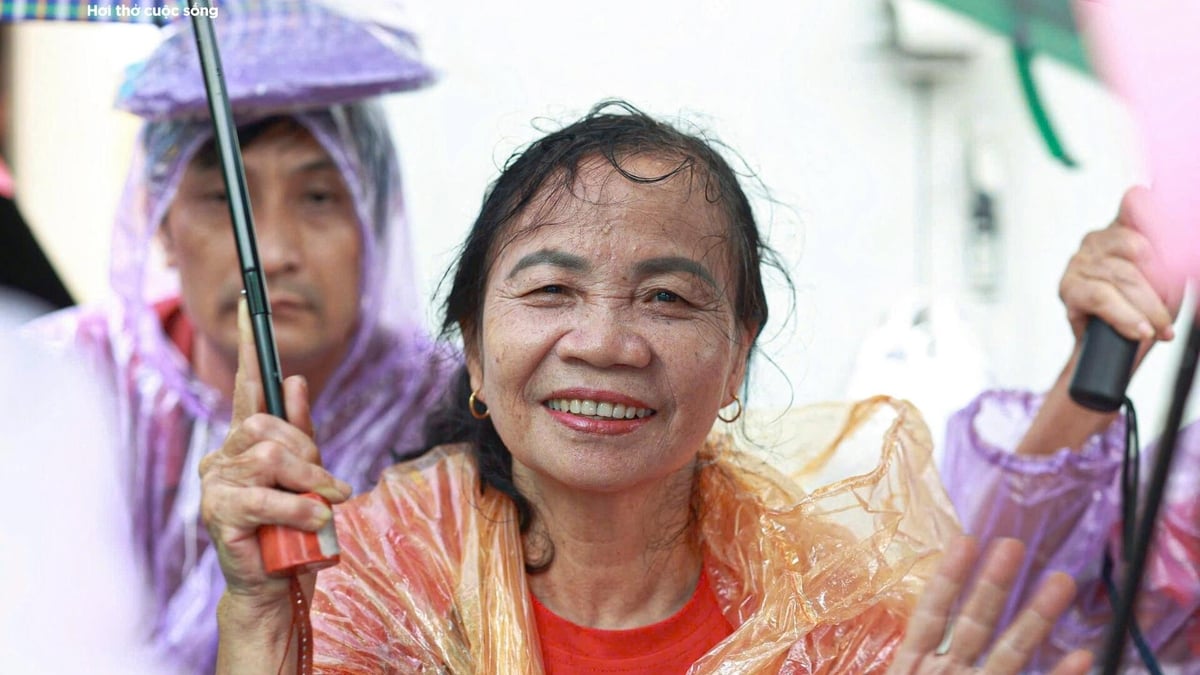
![[Photo] Prime Minister Pham Minh Chinh chairs meeting of National Steering Committee on International Integration](https://vphoto.vietnam.vn/thumb/1200x675/vietnam/resource/IMAGE/2025/8/26/9d34a506f9fb42ac90a48179fc89abb3)


![[Photo] Many people eagerly await the preliminary review despite heavy rain](https://vphoto.vietnam.vn/thumb/1200x675/vietnam/resource/IMAGE/2025/8/27/4dc782c65c1244b196890448bafa9b69)
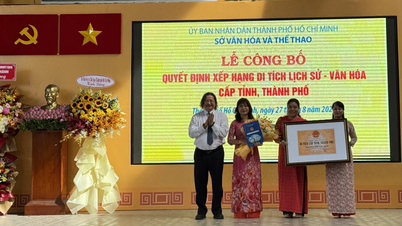

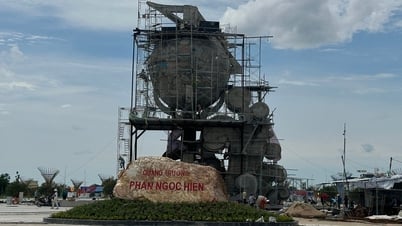











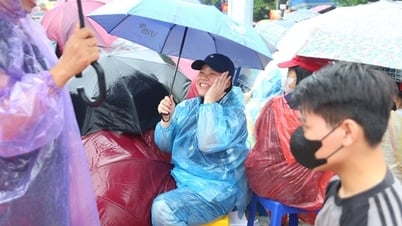
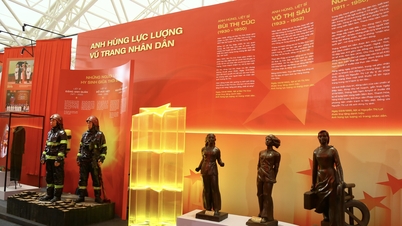

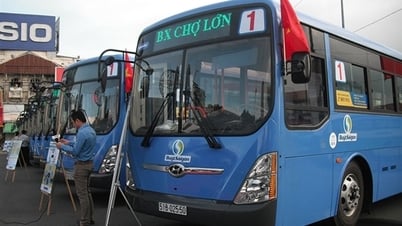
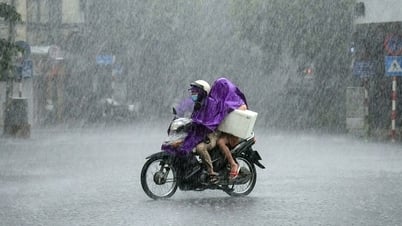
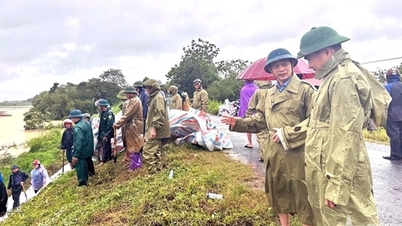
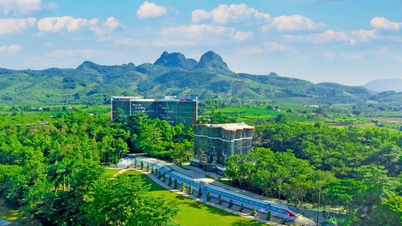


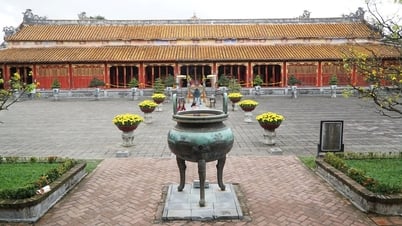

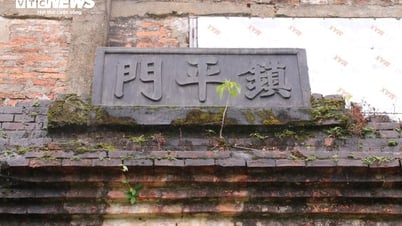

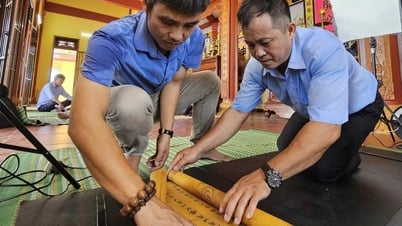




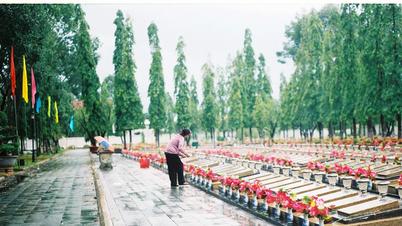
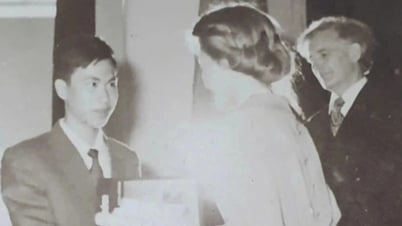






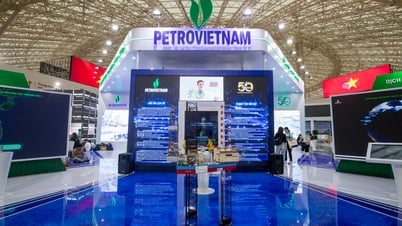



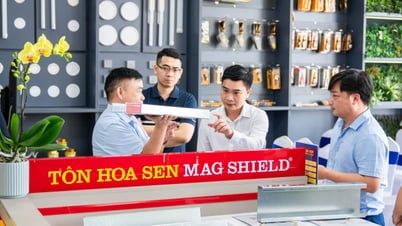



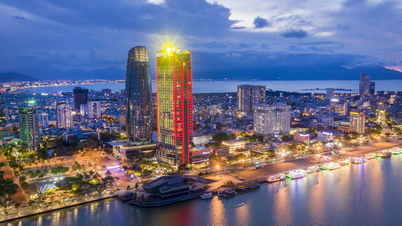
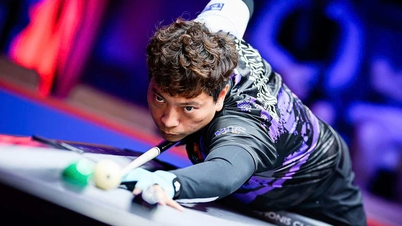
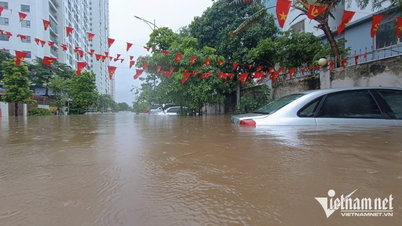
![[Photo] General Secretary To Lam attends Meeting with generations of National Assembly deputies](https://vphoto.vietnam.vn/thumb/402x226/vietnam/resource/IMAGE/2025/8/27/a79fc06e4aa744c9a4b7fa7dfef8a266)
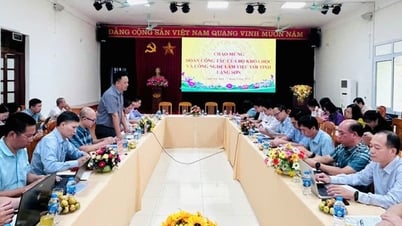



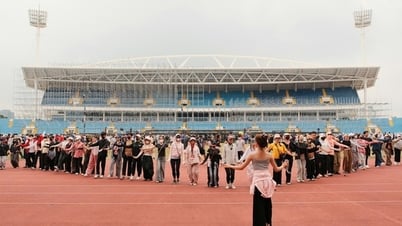

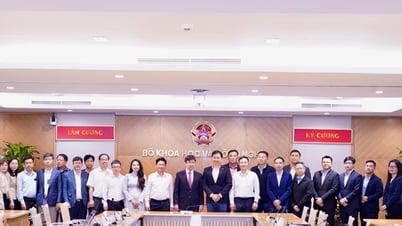

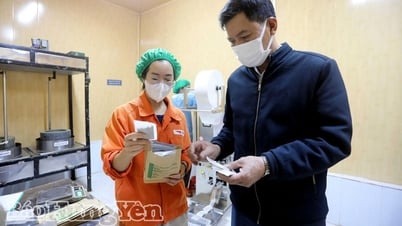

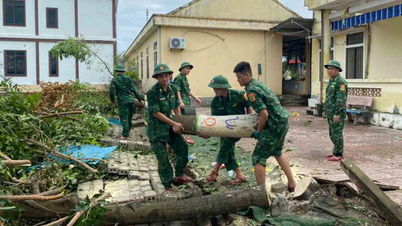
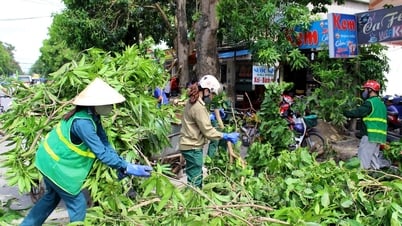


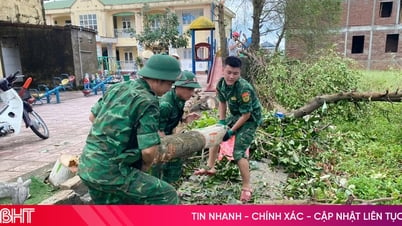
















Comment (0)